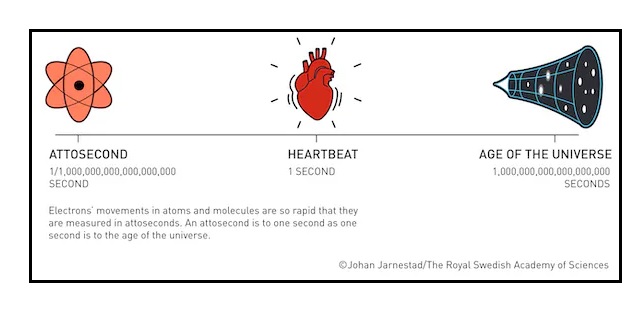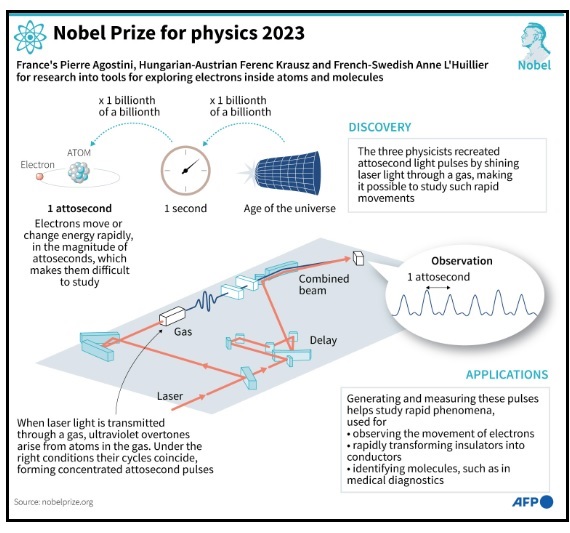7667766266
enquiry@shankarias.in
2023 Nobel Prize for Physics was awarded to Anne L’Huillier, Pierre Agostini, and Ferenc Krausz for experimental methods that generate attosecond pulses of light for the study of electron dynamics in matter.


References